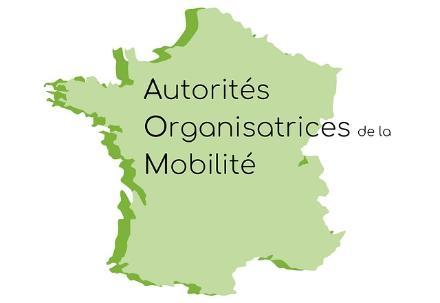Mobility solutions: Diagnosis of the territory
December 2023
Before introducing new mobility solutions, it is often useful to take stock of the situation in order to gain a better understanding of the area’s needs. The diagnosis can be carried out by the Mobility Organising Authority (M.O.A.) itself if it has the resources, or delegated to a consultancy or research consultancy. There are 6 stages in this diagnosis, which determine the most appropriate choice of project.

1. Integration of existing data
Objective: Make the most of previous actions and knowledge already acquired
This stage begins by identifying the planning documents and tools or spatial programming that have an impact on the area, such as :
-
Regional plan for development, sustainable development and territorial equality (SRADDET) ;
-
Schéma de cohérence territoriale (SCoT) ;
-
Inter-municipal Local Planning Scheme (PLU);
-
Mobility plan (ex-PDU) or ;
-
Simplified (formerly rural mobility plan) ;
-
Climate-air-energy plan (PCAET) ;
-
Local Agenda 21 ;
-
Possible accreditations ;
-
The area’s demographics and growth forecasts;
-
Documents relating to town planning, development, the environment and the social make-up of the area.
Studying these documents as part of the diagnosis makes it possible to:
-
Ensure that they are consistent with each other and that they are well coordinated
-
Determine whether these documents need to be updated or revised
-
Assess the relevance of drafting one of these documents if it is not already in place.
2. Identify trip generators and poles of attraction
Objective: Understand how people move around the region
This stage consists of identifying the area’s attractions and trip generators in order to understand where residents (and other users) travel and why:
-
Shopping areas and business parks;
-
Schools, universities and training centres;
-
Sports and cultural facilities;
-
Businesses and public authorities;
-
Public and private health establishments;
-
Major transport infrastructures (stations, airports, etc.);
-
Other public services (crèches, etc.).
3. Be informed and inspired: the comparative study
Objectives: Draw inspiration from schemes launched elsewhere and understand the key success factors and possible obstacles.
This stage consists of consulting feedback from other regions in order to identify sustainable mobility policies that could be relevant in a given region. A benchmark of actions carried out in comparable areas is of interest at this stage.
4. Analyse multimodal and intermodal accessibility
Objective: Identify any shortcomings in the implementation of mobility and in terms of matching supply and demand.
This stage involves analysing the network and the current mobility offer and identifying the problems it encounters.
5. Analyse the sharing of public space
Objective: To study the possibility of (re)developing the space for the benefit of other users.
This is a cross-disciplinary approach that analyses how public space is shared between the different modes and uses (motorised traffic, green spaces, active traffic, etc.).
It has three components:
-
Determination of the space allocated to each mode of transport or use: this can be represented graphically on a map and expressed as a percentage.
-
Qualitative analysis of the layout: This includes factors such as comfort, safety and route legibility, measured quantitatively or qualitatively (subjectively).
-
Comparison of the theoretical capacity offered by each mode of transport with the space allocated to it in public space.
6. Summary: formulating findings and issues
Objective: to summarise the analysis of the area in order to determine the strengths, weaknesses, opportunities and threats of the area’s mobility system.
This summary enables new questions to be asked about the development of the mobility policy.